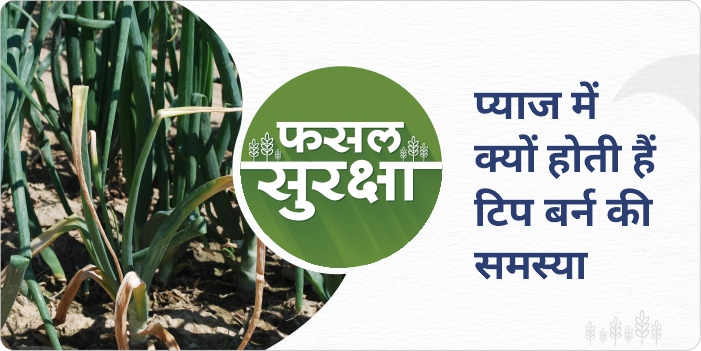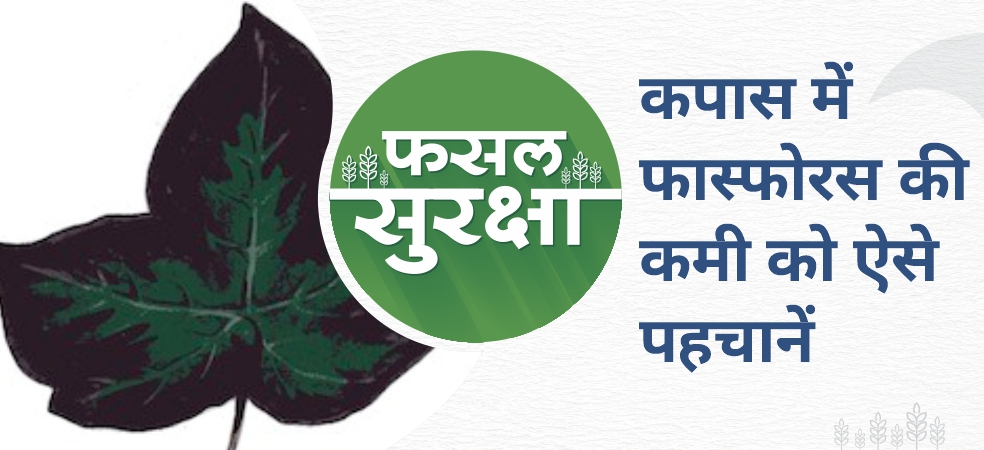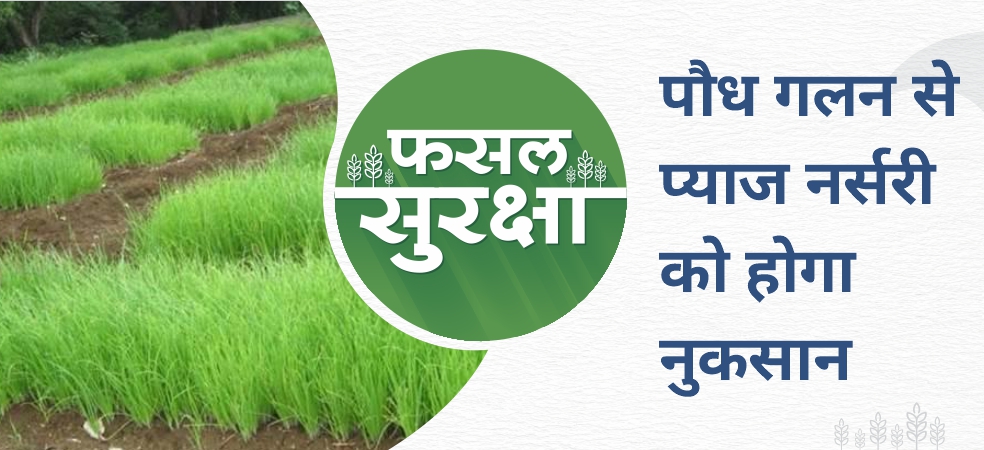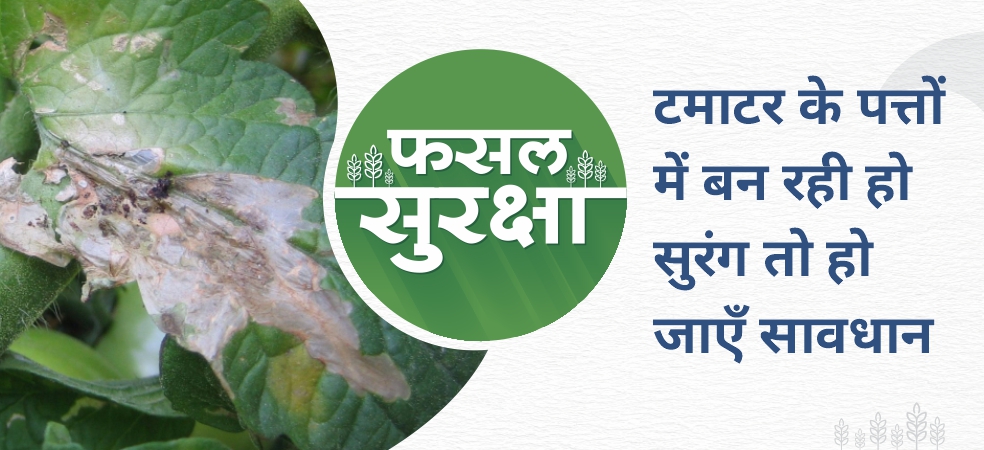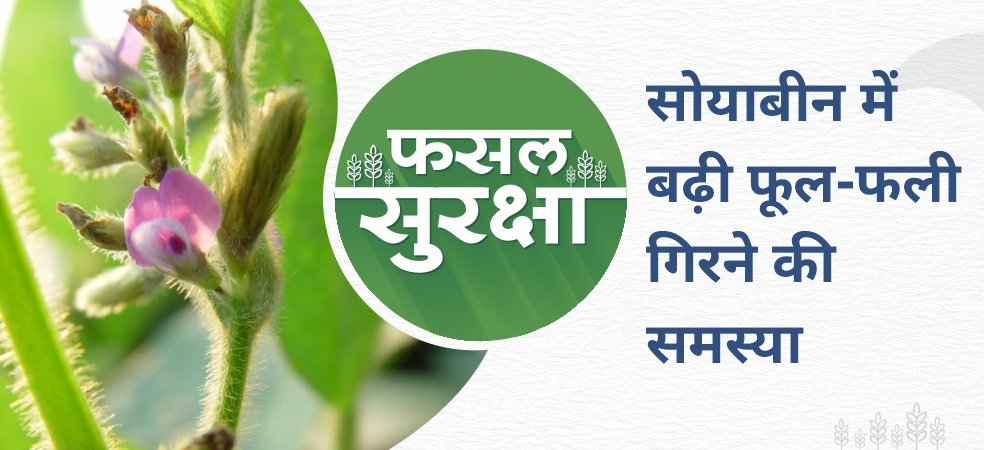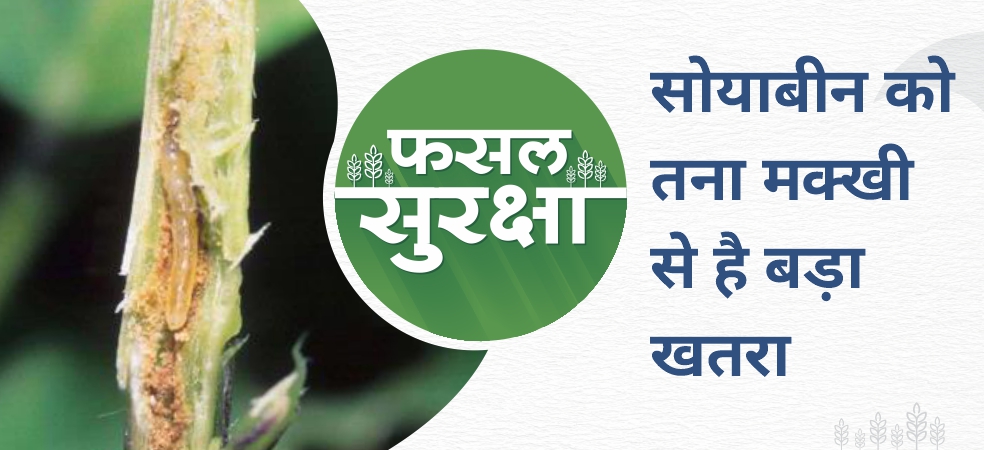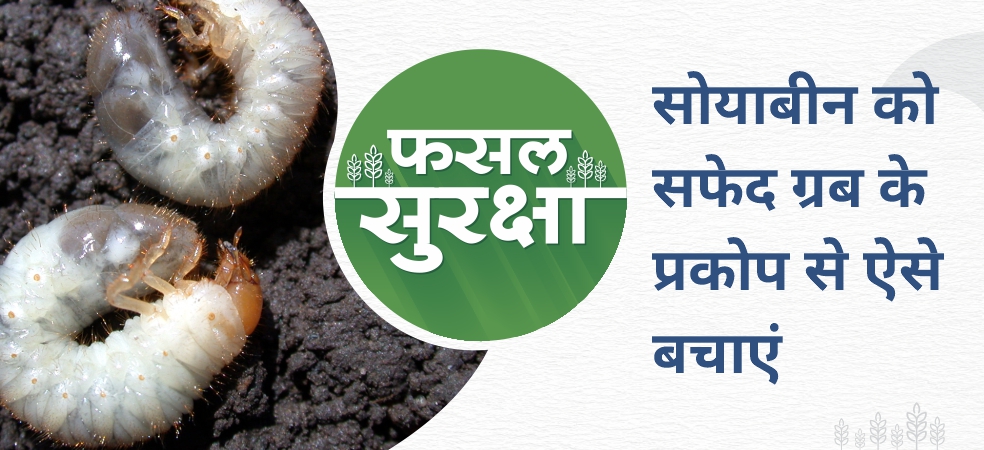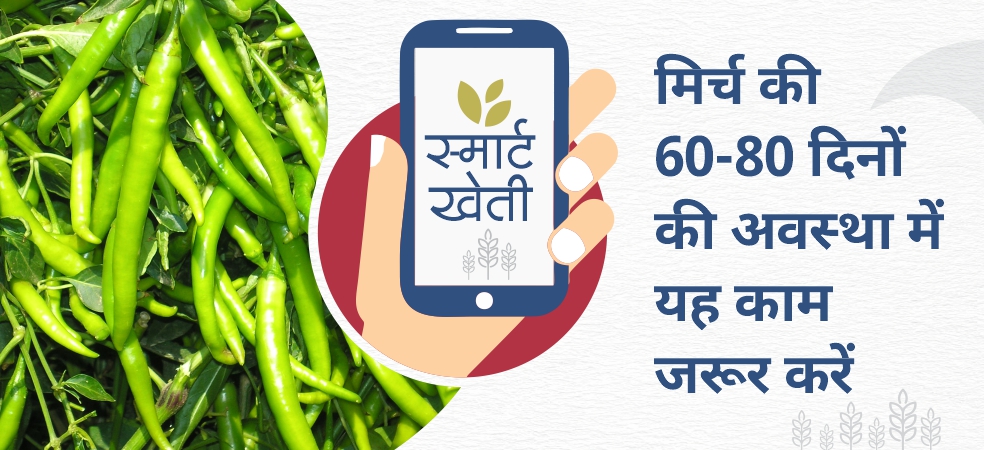-
Onion is an important commercial crop grown in India. The problem of tip burn in onion crops mainly appears at the time of crop development when the crop is close to the mature stage then the process of tip burning can be natural, but in young plants, tip burn can happen due to many reasons. Possible causes include a lack of important nutrients in the soil, fungal infections, or sucking insects such as thrips, etc.
-
Heavy wind, excessive sunlight, excess salt in the soil and other environmental factors can cause onion tips to burn. Given all the possible causes of leaves with brown, dry tips, it can be hard to pinpoint the origin of the problem. Remember, if you have taken care of all of the above problems, It could be fungal related.
-
To remedy the problem of tip burn, keep all the above things in mind, spray 200 ml per acre of neem oil 10000 ppm to protect against sucking insect leaf minors, thrips, etc.
-
Spray Fipronil 5% SC 400 ml or Thiamethoxam 25% WG 100 gm + Tebuconazole 10% + Sulphur(s) 65% WG 500 gm + Gibberellic Acid 0.001% 300 ml per acre.
ShareAdd your farm with the My Farm section of Gramophone app and keep on getting the exact advice and solutions related to smart agriculture throughout the crop cycle. Share this article with your friends with the share button below.

